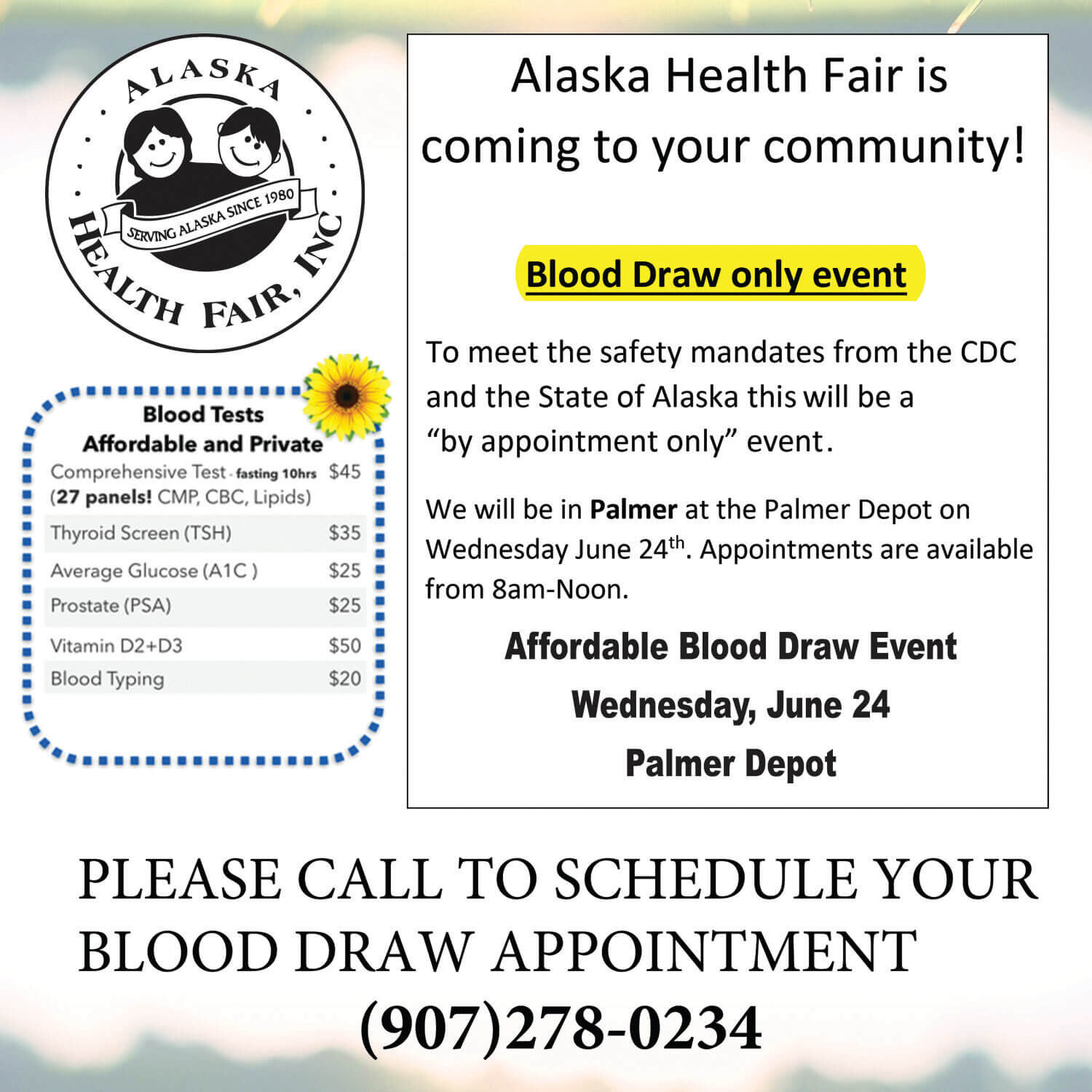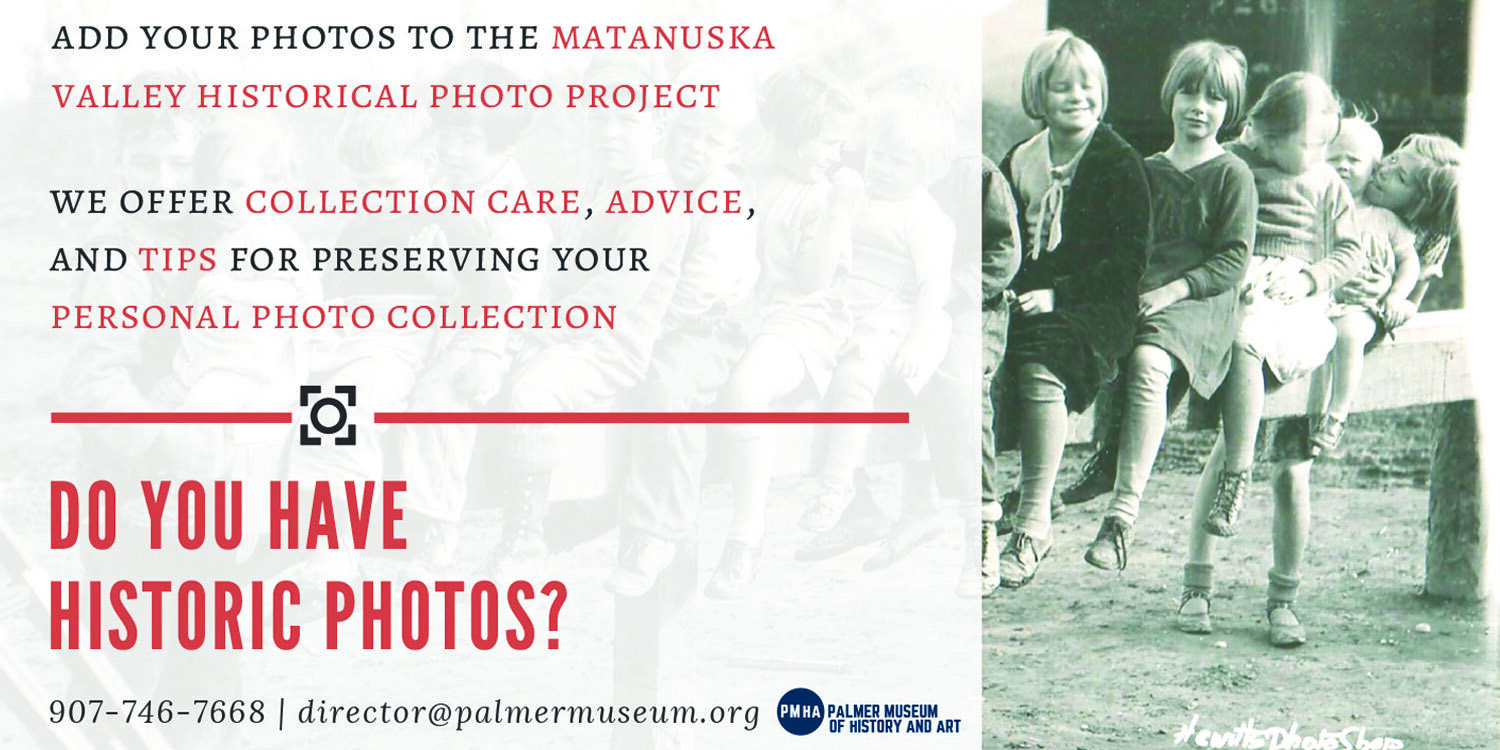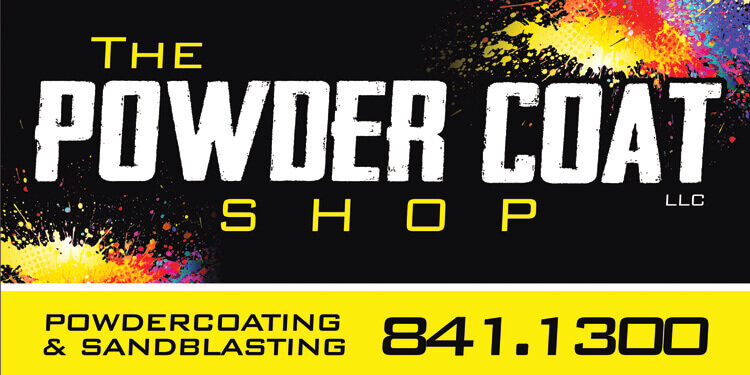Contributed by Tremani Sutcliffe, Decisive Art
Watercolor Skin Tones Tutorial
12/2/2017 – 10AM
Pia’s Custom Framing
1201 Lucille St. Wasilla
FREE Event
1. The first step in any watercolor painting is to “kill” the white of the paper. This makes it easier to correctly judge the value of your color. I want this piece to have a warm undertone to help keep the subsequent layers of color from becoming too cool. I apply a very watered down wash of yellow ochre over the entire paper. Then, I apply a light wash of rose madder to the skin, where it has a pink or rosy hue. I let the painting dry.
2. I then use washes of cobalt blue, followed by dry-brushing, to build up the values throughout the painting. I also use this on the skin to define form by applying it where the skin is darker.
3. The baby’s skin is much lighter in value than her dad’s, so I don’t use as much blue on her. I also begin layering washes of rose madder and burnt sienna. I let the painting dry between washes. I also control the value of each wash by using a higher water to paint ratio where I want lighter value, and a higher ratio of paint to water where I want darker values.
4. I continue to layer in the skin tones with washes of burnt sienna, yellow ochre, rose madder and raw umber. Skin tones don’t look realistic in a painting without color variation. So, I apply these washes individually, and only where I think the skin tone needs to be more yellow or red, etc. When necessary, I use a small bristle brush to scrub and a paper towel to blot and lift out the paint wherever I need lighter skin tones.
5. For the rest of the painting, I apply washes of complementary colors to dull and darken my paint and control my shading. Since the shorts are a blue/green color, I applied a wash of orange to darken my values and show form.
6. When I am happy with the colors and values in the painting, I make sure it’s dry. Then I apply a wash of pure water, with a clean brush. I make sure to keep the pressure light, and not scrub out the colors. Then I let the painting dry. This layer of pure water functions as a unifying wash, allowing the pigment on the paper to subtly and softly blend.
Here you can see the progression of the painting stages, and what the final skin tones look like. Come by Pia’s Custom Framing on December 2nd from 10am-3pm for a free live demonstration of this painting process.















































